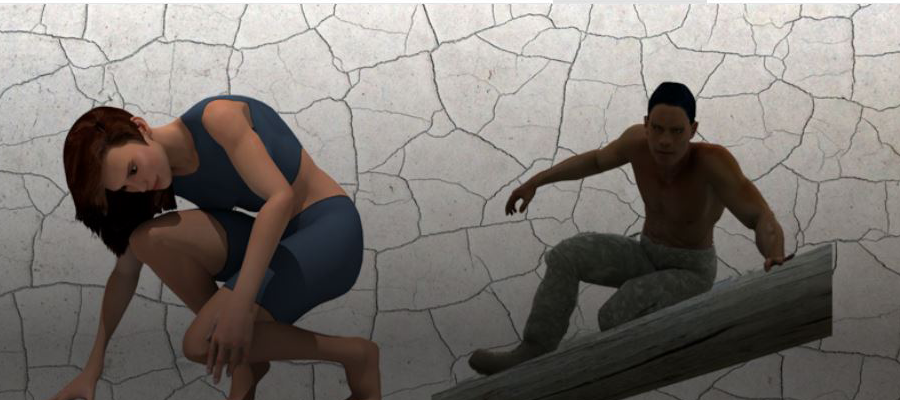Abstract
This work presents a model-based method of evaluating and quantifying stability characteristics of human walking in the sagittal plane. The stability criteria used for this analysis are boundaries in the state space of the center of mass (COM), which represent the maximum capability of a human to maintain balance in single-support and double-support phases or to make a desired step without falling. Complete models of the system dynamics, biomechanical characteristics, contact interaction with the ground, and gait parameters are considered. Experimental human COM trajectories during walking are analyzed against computed stability boundaries to quantify the nature of human gait across walking speeds. Stability comparisons with other robotic platforms, an exoskeleton and a humanoid robot, are also provided.
Keywords: balance stability, center-of-mass state space, walking
How to Cite:
Peng, W. & Kim, J., (2022) “Balance stability characteristics of human walking with preferred, fast, and slow speeds”, Proceedings of the 7th International Digital Human Modeling Symposium 7(1): 27, 3 pages. doi: https://doi.org/10.17077/dhm.31773
Rights: Copyright © 2022 the author(s)
Downloads:
Download PDF
View
PDF

